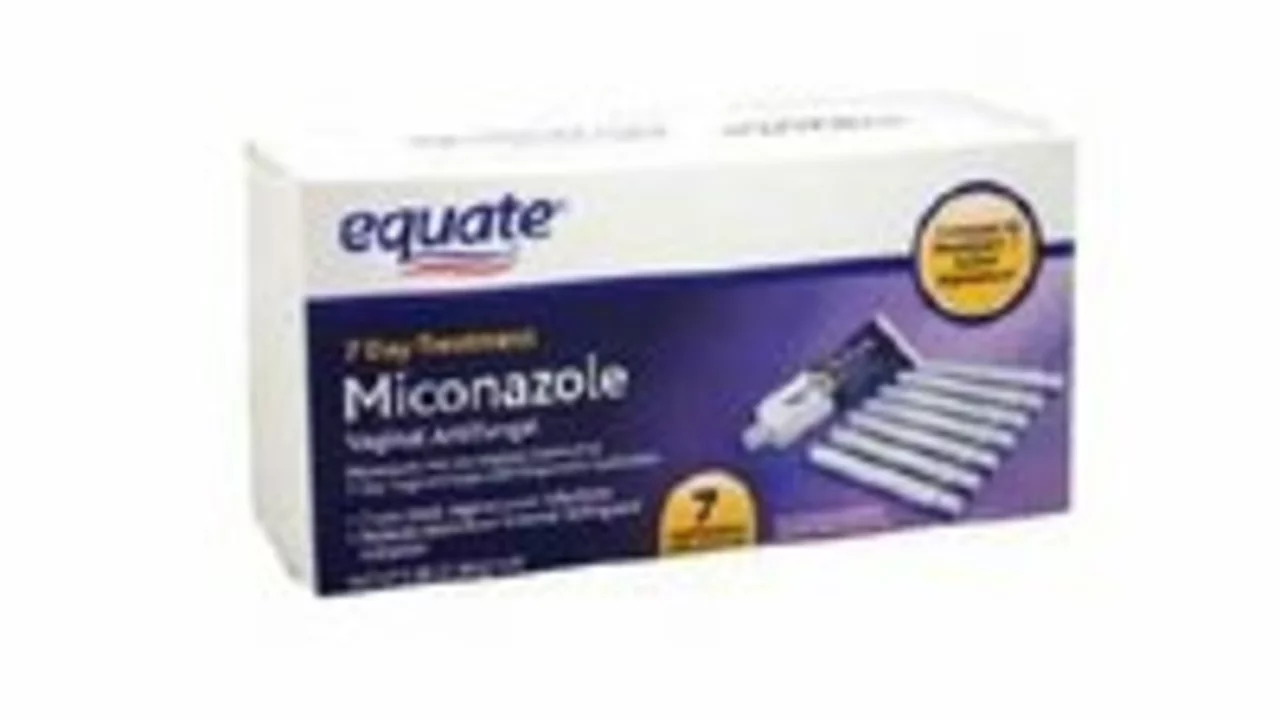Antifungal Efficacy: What Works and Why
Fungal infections range from skin rashes to serious bloodstream infections. Choosing the right treatment depends on the fungus, where it lives on the body, and how severe it is. Think of antifungal drugs like tools: some are for nails and skin, others are for internal infections.
Topical
Topical versus oral drugs matter. For athlete’s foot, ringworm, or jock itch, topical azoles and allylamines clear the infection in a few weeks. Creams with terbinafine or clotrimazole usually work fast because they reach the skin directly. For nail fungus, topical options are less reliable since the drug must penetrate the nail plate. Oral terbinafine or fluconazole usually give better cure rates for stubborn nail infections.
Systemic
Systemic infections need different pills. Fluconazole is effective for many yeast infections like vaginal candidiasis and some invasive infections. Itraconazole and voriconazole cover a wider range of fungi, including some molds. Echinocandins such as caspofungin are reserved for serious bloodstream infections and are given in hospitals. Amphotericin B is an older but powerful option for life-threatening cases, though it has more side effects.
Resistance changes what works. Some Candida species resist fluconazole, so labs now test isolates to guide therapy. If a standard drug fails, your clinician may switch classes or use combination therapy. Overuse of topical antifungals can encourage resistance too.
Testing helps. Simple bedside tests like KOH prep can suggest a fungal cause for skin issues. Cultures and species identification give precise guidance for tougher cases. When infections don’t improve after a proper course, ask for culture and susceptibility testing.
Treatment length varies. Skin infections often need two to four weeks. Nail and deep infections can require months. Stopping early is a common reason for relapse. Follow prescribed duration and watch for side effects like liver changes with oral azoles or skin reactions with terbinafine.
Safety tips are practical. Check interactions—azole antifungals can alter blood levels of many medications. Avoid alcohol with some treatments and report signs like jaundice or persistent nausea. Pregnant or breastfeeding people should talk to a clinician before using systemic drugs.
Over-the-counter options are fine for mild cases. But if the rash worsens, spreads, or doesn’t respond in two weeks, see a healthcare provider. Also seek urgent care for fever plus skin infection, which may signal a serious spread.
Good antifungal care blends correct diagnosis, the right drug, and the proper length of therapy. With that approach most fungal infections heal predictably. If you’re unsure which treatment fits your situation, ask a pharmacist or doctor for advice.
Preventing recurrence is simple but often overlooked. Keep skin dry and change socks daily. Don’t share towels or shoes. Trim nails straight across and avoid tight shoes that trap moisture. If a rash was treated with steroid cream first and got worse, tell your clinician—steroids can hide or worsen fungal infections. For recurring vaginal yeast infections, testing for non-albicans species helps pick the right drug. Small prevention steps cut risk and speed recovery next time. Stay informed.
How Does Butenafine Compare to Other Topical Antifungal Treatments?
In my latest exploration of topical antifungal treatments, I've found that Butenafine stands out among its peers. Compared to other treatments, Butenafine is renowned for its effective and quick action against a wide range of fungal infections. It's especially potent against athlete's foot and jock itch. While it does have side effects like itching or burning, they're generally less severe than other treatments. So, if you're looking for a powerful antifungal, Butenafine might just be your best bet.
More
